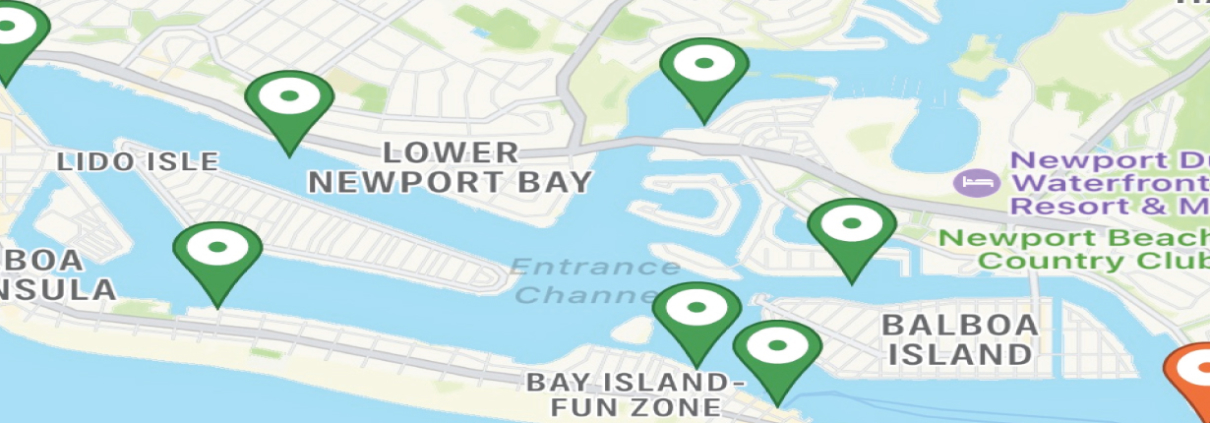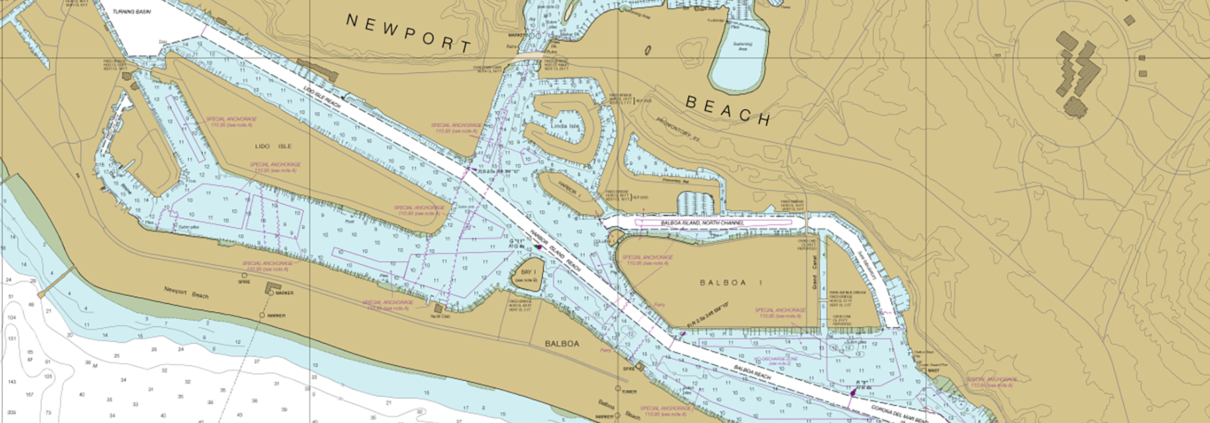Legal challenges loom as plans to dredge Newport Harbor, bury contaminated sediment inch forward
By Brooke Staggs The Orange County Register – March 16, 2023
Source: Stars And Stripes Legal challenges loom as plans to dredge Newport Harbor, bury contaminated sediment inch forward
(Tribune News Service) — All permits are in place for the U.S. Army Corps of Engineers to dredge channels in Lower Newport Bay and bury any contaminated sediment in a massive underwater pit at the heart of Newport Harbor.
But the project is now facing multiple legal challenges that could slow it down or thwart it entirely, as resident and environmental groups that tried to block those permits cite ongoing concerns over risks to marine life and bay contamination.
Already, work on the project is progressing slower than expected. And while efforts to clear sediment brought into channels by tides, boats and storms were expected to start last fall, the Army Corps hasn’t yet put the project out to bid.
“We had anticipated being further along at this point,” said Chris Miller, a manager with Newport Beach’s Public Works department who’s been overseeing the project. He cited standard processes on the Corps’ side to wrap up construction documents as reason for the delay.
Opponents aim to argue in court that those plans still don’t include sufficient analysis and safeguards to protect Newport Harbor.
Friends of Newport Harbor, a coalition of seaside residents that includes tech billionaire Palmer Luckey, sued the California Coastal Commission and the city of Newport Beach in late November over the project. Their lawsuit, filed in Orange County Superior Court, alleges the commission and city violated the Coastal Act and California Environmental Quality Act by approving the plan. A hearing on the case is set for July 11.
“This isn’t a problem solved. This is just sweeping the problem under the rug,” said Shana Conzelman, a Lido Island resident and volunteer director with Friends of Newport Harbor, of plans to bury contaminated sediment in the harbor.
The resident group also sued the Army Corps in federal court in late February for failing to respond to requests for public information. They said in a statement that they “refuse to allow the Corps’ stonewalling to rob us and other concerned residents of Orange County of our right to oppose this environmentally disastrous project, both in court and through grass-roots political efforts.”
Shortly after that suit was filed, Conzelman said they received some information from the Army Corps and Newport Beach, but not all of the documents they’d requested. She said her group is working with three different law firms and considering additional legal action.
A third suit will likely come from the environmental group Orange County Coastkeeper. On Jan. 5, the organization sent written notice to the Army Corps and heads of other federal agencies about plans to sue in 60 days if additional studies weren’t completed to see how the project could affect endangered and threatened species in the area, including green sea turtles.
That 60-day window expires this weekend. As of Wednesday, Matt Sylvester with Orange County Coastkeeper said they hadn’t heard back from the federal agencies.
This project has been in the works for more than four years.
The Army Corps received permits in early 2022 to clear 879,900 cubic yards of material from navigational channels in Lower Newport Harbor that could pose problems for some 10,000 vessels based there. But before dredging could start, Newport Beach needed a permitted plan in place to deal with any contaminated material crews dig up.
Testing indicated most material in the dredging area was clean enough for ocean disposal, at a site six miles offshore. However, some 112,500 cubic yards of sediment showed elevated levels of mercury and industrial chemicals such as DDT.
The city’s solution calls for digging a hole 590 feet wide, 590 feet long and 46 feet deep in the center of the lower harbor, directly between Bay Island, Lido Isle and Harbor Island, to create what is termed a confined aquatic disposal pit, or CAD. Crews then would take contaminated sediment from the channels, drop it in the 8-acre pit and cover it with a layer of clean sand.
Eventually, the city plans to have three feet of clean sand as a barrier. But first, city leaders saw an opportunity to give harbor residents and businesses — who often ask to dredge around their own properties to add docks or other facilities — an option to add their own sediment to the CAD. So for at least two years, until material from those other projects gets added to the pit, the CAD will be capped with just one foot of clean sand.
Having such a thin layer of sand between boat anchors and contaminated sediment in water 20 feet deep worries residents and environmental groups. They’ve also flagged how plumes of sediment might contaminate surrounding waters as the material is dumped into the CAD. So they asked regulators to consider alternatives, such as moving the material to land where it can be isolated or cleaned up.
Test results, checking for sediment contamination, were originally valid through the end of 2022. But Miller said regulators approved an extension so they could keep the project moving forward.
“There have not been any significant events since we tested, so there isn’t any real reason to suspect that it has changed,” Jim Fields, project manager with the Army Corps’ Los Angeles District, said Wednesday.
Field said the agency now plans to put the contract out to bid on March 23 and hopes to finish work in fall 2024.
©2023 MediaNews Group, Inc.
Source: Stars And Stripes Legal challenges loom as plans to dredge Newport Harbor, bury contaminated sediment inch forward
Visit ocregister.com.
Distributed by Tribune Content Agency, LLC.
Share this entry
High Marks from Pumpout & Dump Station Monitoring Program
Southern California Clean Vessel Act Pumpout & Dump Station Monitoring Program
Recent surveys were conducted on the following Public Docks on Sep 27, 2022.
California Coastal Commission – SUMMARY OF STAFF RECOMMENDATION
Coastal Commission staff‘s reasons for recommending approval of the City of Newport Beach
Item 17a – Application No. 5-21-0640
The California Coastal Commission is preparing to consider permitting plans for an important Newport Harbor dredging project. The City of Newport Beach would like to remind residents about the critical need for this project and clarify key topics, including the rigorous environmental analysis that supports the proposal.
Dredging Newport Harbor is critical to maintain safe navigation and a well-functioning harbor. Over the past several decades, sediment has washed down into Newport Bay and accumulated at the bottom of Newport Harbor, which reduces water depths, impedes navigation and diminishes natural tidal flushing. Periodic dredging of Newport Harbor is essential to maintain safe, navigable waterways for recreational, commercial and public safety vessels; increase necessary ocean water flushing to support good water quality and habit and support the economic vitality of the harbor. In total, the project will dredge and remove about 1.2 million cubic yards of accumulated sediment, therefore returning the waterways to their original depths of -10 to -20 feet. Without dredging, sediment will continue to build up, making navigation more difficult and dangerous and decrease tidal flushing, leading to more stagnant water conditions.





Leave a Reply
Want to join the discussion?Feel free to contribute!